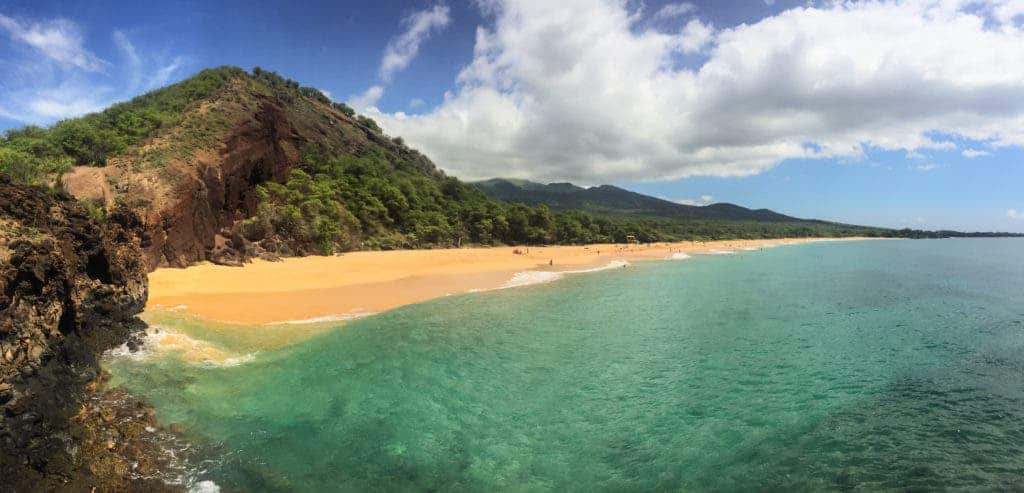America’s favorite travel destination, Hawaii, is in for some nasty times.

Climate change affects everybody on Earth, but if you live on a coast, there’s extra reason to be worried — sea level rise is no joke. If you live on an island, and a volcanic one at that, you’d better do your homework and see what lies in store for you. That’s exactly what the University of Hawaii’s Sea Grant program aims to do: understand how Hawaii will be affected by the shifting climate conditions.
Their new report, called “Climate Change Impacts In Hawaii: A Summary Of Climate Change And Its Impacts To Hawaii’s Ecosystems And Communities,” was solicited by the Hawaii Tourism Authority (HTA). Although now, tourism is booming on the islands, the HTA is concerned about what the future might hold. The study found that there’s a lot of reasons to be worried because, in the future, climate change might all but destroy Hawaii’s tourism industry.
The main findings:
- Hawaii’s rate of warming air temperature has quadrupled in the last 40 years to over 0.3°F (0.17°C) per decade. This puts a huge pressure on the biodiversity, both plant and animal. It will pave the way for more and more invasive species to come in, at the expense of native species.
- Rising temperatures will lead to a surge in heat-related diseases, especially things like dengue fever or cholera.
- Warmer oceans will lead to coral bleaching, causing a disaster for marine creatures. Increased oceanic acidity will further exacerbate this phenomenon.
- Precipitations have declined and will continue to decline more and more. This causes a decrease in stream base flow, which in turn reduces the rechargeability of the aquifers, with major consequences for local agriculture, wildlife, and even in terms of water availability.
Of course, sea level rise deserves a special mention. Shoreline retreat is averaging 1 ft per year (0.3 m/yr) statewide. Do the math, and that’s 3 meters lost every decade. Directly, this is expected to impact hotel revenues by as much as $661.2 million, with a scary $2 billion lost overall, each year. In the long run, combine that with wetland migration and cliff collapse due to erosion, which are occurring now on many of Hawai‘i’s coastlines (according to the UH Coastal Geology Group, 2013; Fletcher, et al., 2010), you end up with a recipe for disaster.
Of course, this isn’t a definitive sentence, and there are still things Hawaii can do to prevent this scenario.
“There’s a lot we can do to start preparing,” Dolan Eversole, an agent with the UH Sea Grant program, told the Star-Advertiser. “It’s like a freight train. We can see it coming. Are we going to be ready?”
In terms of climate change, it’s not like Hawaii can solve the problem on its own. Still, it’s important for the islands to play their part. Due to its isolated nature, Hawaii has the most expensive energy in all the US (more than double the average US prices), and heavily relies on imports of petroleum and coal for power. However, in recent years, Hawaii is starting to take advantage of its natural conditions more and more, harvesting the solar and wind energy which it has in abundance. In 2005, just 6.8% of Hawaii’s electricity came from renewable sources. In 2015, the figure almost quadrupled to 23.8%.
But the state can also take care of other environmental problems. Specifically, researchers suggest utilizing more rain catchment systems to conserve water, which is expected to become scarcer and scarcer. Preserving the reefs, beaches, forests, streams, floodplains, and wetlands is also vital, because these natural elements have an “inherent capacity to avoid, minimize, or mitigate the impacts of climate change” and could prevent a further snowball effect.
All in all, Hawaii’s tourism industry is directly dependent on the islands’ local conditions — and climate change is a direct threat to these conditions. There is action which can prevent some or all of this damage, both local and global — but we need to act fast.






